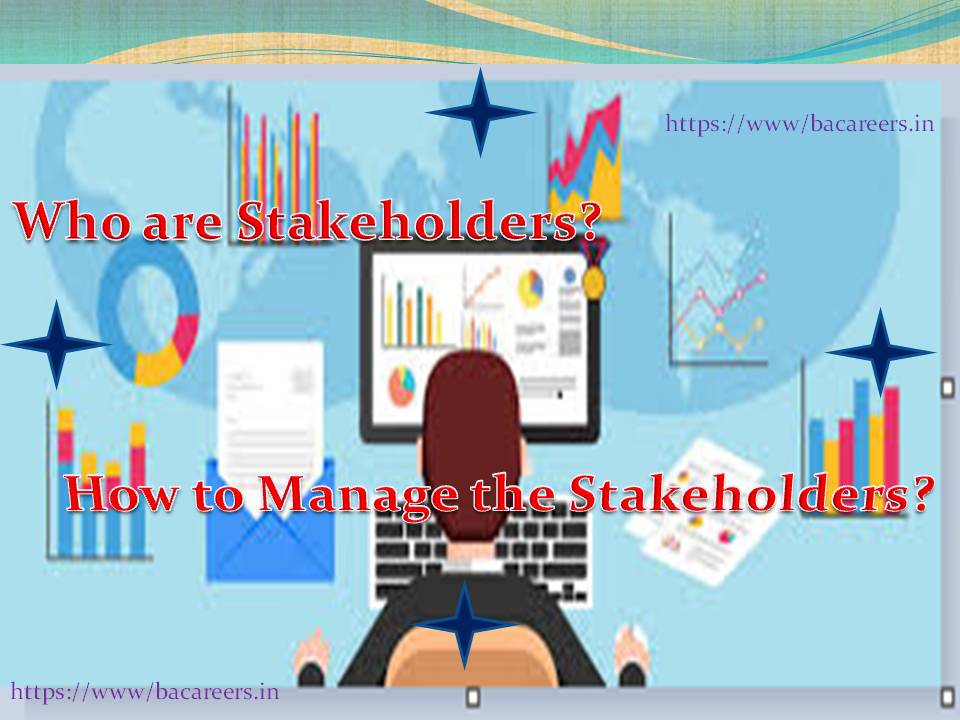
What if I told you the biggest problem for your next business analysis project isn’t the data — it’s the hidden rules of power in the company? Forget what you’ve learned in school. Truly knowing and using stakeholder politics is the secret power every Business Analyst needs.
Think being a great BA is just about collecting requirements and drawing diagrams?
Think again. Without getting good at stakeholder politics, even your smartest analysis might not get used.
Introduction
As Business Analysts, we often focus on tools, methods, and writing reports.
But behind every successful project is something less obvious — yet more important — which is stakeholder politics.
Projects are driven by people, and people act based on relationships, power, goals, and fear.
Knowing these things helps an average BA become someone really influential.
Let’s uncover the hidden world of stakeholder politics and see how Business Analysts can use this knowledge to make projects succeed.
1.
The Hidden Dynamics: Beyond the Requirements
Understand the reasons behind what people say.
Their requests may not always be what they truly want. They might be influenced by their own goals, fear of change, or pressure from higher–ups.
For example, a manager might be against automation not because it’s not useful, but because it could take away control from their team.
As a BA, your job is not just to record needs — it’s to get the real reason behind those needs.
Example:
In a finance system upgrade, a BA noticed the CFO’s assistant was not happy with any changes.
By listening closely, the BA found out the assistant was worried about losing their job. Addressing this early helped in smoothly implementing the new system later.
Identify the “Silent Power Brokers”
Not everyone who has influence has a big title.
Some people, even without formal positions, have a lot of power — maybe because they are experienced, trusted, or have strong connections.
Knowing these invisible influencers early can help the BA plan decisions more wisely.
Real–world Tip:
During stakeholder analysis, ask project sponsors questions like, “Who else should I talk to about this?”
Often, this will reveal hidden power players.
Practice Active Listening
Every meeting has more than what is spoken.
Pay attention to tone, hesitation, and how the group reacts.
A skilled BA listens closely to understand what is really happening — spotting unspoken tensions, alliances, and resistance.
Mapping the Minefield: Unveiling the Stakeholder Landscape
Create a Visual Stakeholder Map
Use tools like the Power/Interest Grid to group stakeholders by how much power they have and how interested they are.
This map helps the BA focus on the right people to talk to and how to communicate with them.
Example:
In an HR transformation project, mapping showed that HR managers cared a lot but didn’t have much power, while the CIO had a lot of power but wasn’t very interested.
Tailoring communication for both groups made sure everyone supported the project.
Recognize Departmental Silos and Conflicts
Different departments often have different goals — what’s good for one might be bad for another.
The BA acts as a bridge, turning competing goals into common objectives.
Scenario:
In a retail project, the marketing team wanted fast campaign launches while IT focused on data security.
The BA negotiated a step-by-step release that pleased both teams.
Spot Alliances and Rivalries
Stakeholders often form groups — some helpful, some not.
Being aware of these groups early can make a big difference.
If two departments are fighting for budget or recognition, the BA should know how that affects the project’s support.
Mastering the Art of Influence: Navigating Power Plays
Use Empathetic Communication
Empathy means understanding people’s viewpoints, not agreeing with them.
By showing concern, you can turn resistance into teamwork.
Example:
A BA working on a CRM project addressed sales managers’ worries by showing how automation could improve customer interactions, not replace human effort.
Manage Strong Personalities Tactfully
Some stakeholders speak a lot, others stay quiet.
The BA needs to give everyone a chance to be heard.
Techniques like discussing in rounds or collecting anonymous feedback help deal with dominating voices.
Negotiate Win-Win Outcomes
Negotiation is a key skill for a BA.
When goals clash, look for common ground.
Offer solutions that help everyone move forward without stopping the project.
The BA’s Strategic Toolkit: Proactive Political Acumen
Develop a “Political Radar”
Predict problems before they happen.
Use one-on-one check–ins to spot tensions early.
Think of this as managing risks in relationships.
Leverage Data to Counter Bias
When people have different opinions, data becomes your tool.
Use dashboards, performance metrics, and case studies to support your arguments with facts.
Example:
A BA used customer support data to back up a UX redesign — turning a personal complaint into a measurable need.
Build Allies and Trusted Advisors
Create informal connections across departments.
These relationships give insights into the company’s hidden politics and help the project move forward smoothly.
Future–Proofing Your Projects: Sustaining Stakeholder Harmony
Keep Communication Transparent
Set up regular updates, dashboards, and open feedback channels.
Transparency stops rumors and builds trust — the foundation of a good working relationship.
Re–evaluate Stakeholder Dynamics
As projects change, new stakeholders might show up.
Keep checking the influence map to stay up to date with new interests and shifting priorities.
Long–Term Benefits
Knowing stakeholder politics not only helps your projects succeed, but it also helps your career grow.
Political awareness makes you a better leader, negotiator, and communicator — all important skills for moving into senior BA or product owner roles.
Conclusion
In the world of business analysis, success is not just about processes — it’s about people.
By understanding stakeholder politics, you turn uncertainty into opportunities and resistance into teamwork.
A Business Analyst who gets both requirements and relationships doesn’t just deliver projects — they deliver real lasting change.
Related Articles:
Effective Requirement Elicitation Techniques in Software Engineering
→ Use this under “Active Listening” or “Understanding Stakeholder Motivations.”Stakeholder Engagement Strategies
→ Best placed under “Mapping the Minefield” or when explaining stakeholder mapping and relationship management.Change Management for Business Analysts
→ Link this under “Negotiation and Managing Strong Personalities.”Risk Management in Business Analysis
→ Perfect for the section “Developing a Political Radar.”Soft Skills for Business Analysts
→ Add in “Mastering the Art of Influence” when discussing communication and empathy.External Links (High-Authority Sources)
Add these for credibility and outbound SEO balance:
IIBA – International Institute of Business Analysis
→ Reference for BA frameworks like BACCM and stakeholder management principles.PMI – Project Management Institute: Stakeholder Analysis Guide
→ Use this link when discussing stakeholder mapping and influence grids.Harvard Business Review – How to Navigate Office Politics
→ Include when discussing the BA’s role in managing political dynamics.MindTools – Power/Interest Grid Explanation
→ Best for the “Visual Stakeholder Map” section.Prosci – Change Management and Stakeholder Engagement
→ Use under “Future-Proofing Your Projects” or “Maintaining Stakeholder Harmony.”

Business Analyst , Functional Consultant, Provide Training on Business Analysis and SDLC Methodologies.






